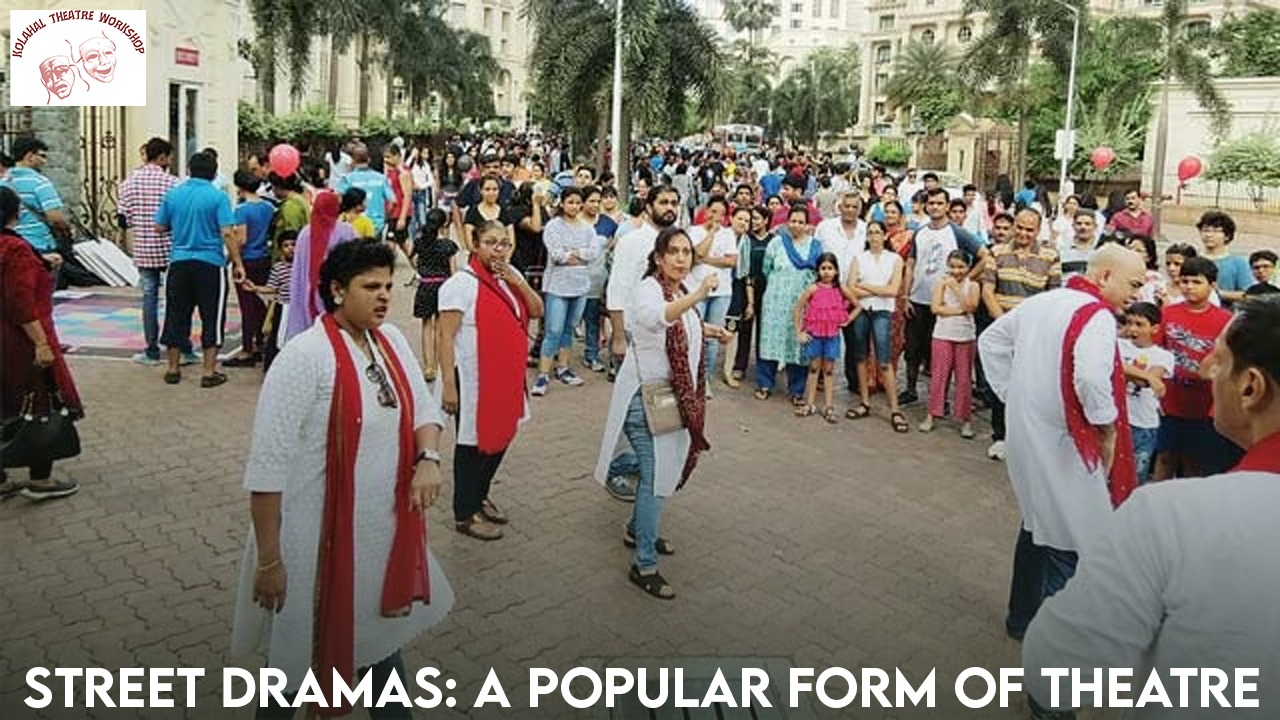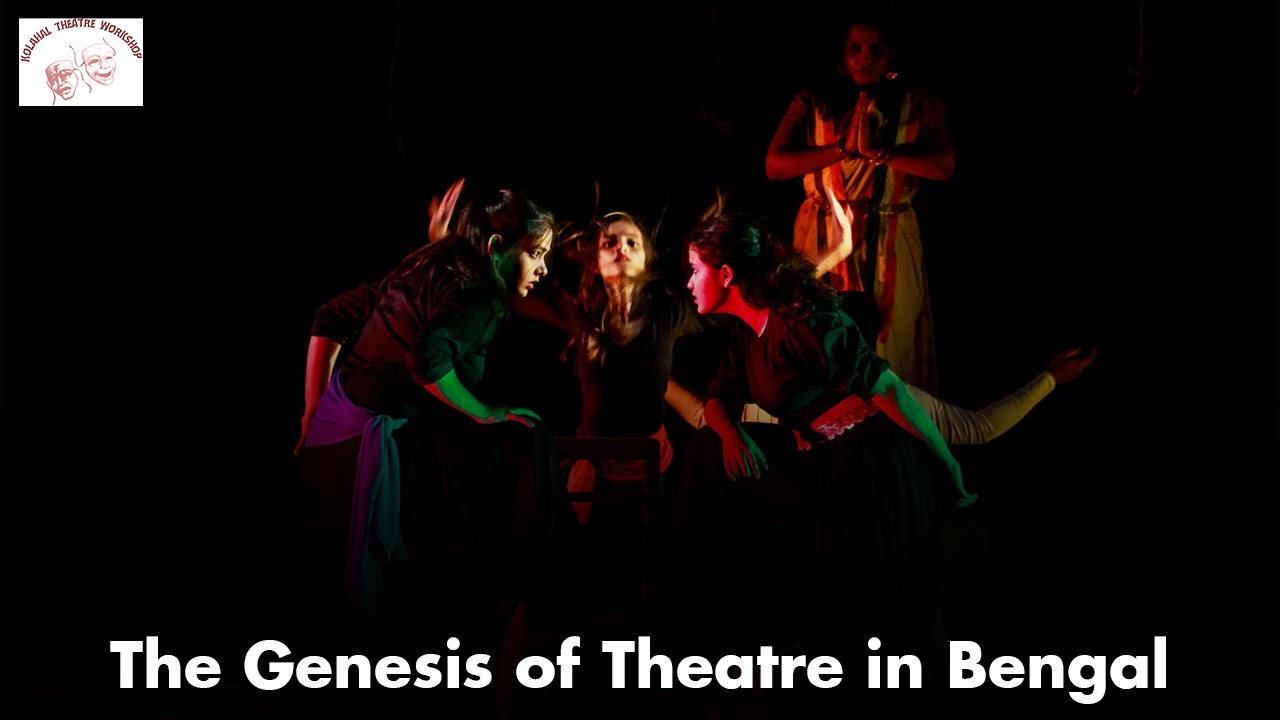Dance Drama: A Unique Form of Theatre
Introduction
Dance drama is a captivating form of theatre that combines elements of both dance and drama to create a powerful storytelling medium. This hybrid art form utilizes the expressive capabilities of dance, along with the narrative depth of drama, to convey stories, emotions, and themes in a way that engages and moves audiences.
Historical Background
The origins of dance drama can be traced back to ancient civilizations where ritualistic dances and theatrical performances were integral to cultural and religious practices. In many cultures, these performances were not distinct from each other but were part of a unified artistic expression. Classical dance dramas such as the Indian Bharatanatyam and Kathakali, the Japanese Noh and Kabuki, and the Indonesian Wayang Wong are prime examples of this fusion. Each tradition developed its own unique style and repertoire, blending intricate dance movements with dramatic storytelling.
Elements of Dance Drama
- Dance: At the core of dance drama is the use of dance to express emotions and actions. Unlike pure dance performances, which may focus on the beauty of movement, dance dramas use choreography to advance the plot and develop characters. The dance movements are often stylized and symbolic, requiring precise execution and deep understanding of the narrative context.
- Drama: The dramatic aspect involves a structured storyline with defined characters and a plot. This element brings in dialogues, monologues, and interactions among characters, which are often accompanied by music and dance. The drama provides the framework within which the dance operates, grounding the performance in a coherent narrative.
- Music and Sound: Music plays a crucial role in dance drama, setting the mood and enhancing the emotional impact of the performance. Traditional instruments, vocal performances, and modern soundscapes are used to complement the dance and drama, creating a rich, immersive experience.
- Costumes and Makeup: Visual elements such as costumes and makeup are essential in dance drama. They help in distinguishing characters, conveying the setting, and enhancing the visual appeal of the performance. Traditional dance dramas often have elaborate costumes and makeup that are symbolic and integral to the storytelling.
Modern Interpretations
In contemporary theatre, dance drama has evolved and diversified, incorporating various dance styles and theatrical techniques. Modern dance drama productions might blend classical and contemporary dance forms, use multimedia elements, and explore a wide range of themes from historical narratives to modern social issues. This flexibility allows artists to experiment and innovate, making dance drama a dynamic and ever-evolving art form.
Significance and Impact
Dance drama holds a special place in the cultural landscape due to its unique ability to convey complex stories and emotions through a blend of artistic expressions. It transcends language barriers, making it accessible to diverse audiences. The visual and auditory richness of dance drama performances can leave a lasting impression, fostering a deeper appreciation for the arts and the stories they tell.
Moreover, dance drama often reflects the cultural heritage and values of a community, preserving traditional art forms while also allowing for contemporary interpretations. This dual role of preservation and innovation helps keep the art form relevant and vibrant.
Conclusion
Dance drama is a powerful and versatile form of theatre that marries the physicality of dance with the narrative strength of drama. Its rich history and continual evolution make it an exciting field for both performers and audiences. As it adapts to modern influences while honoring its traditional roots, dance drama continues to enchant and inspire, proving that the fusion of dance and drama can create a truly extraordinary theatrical experience.




